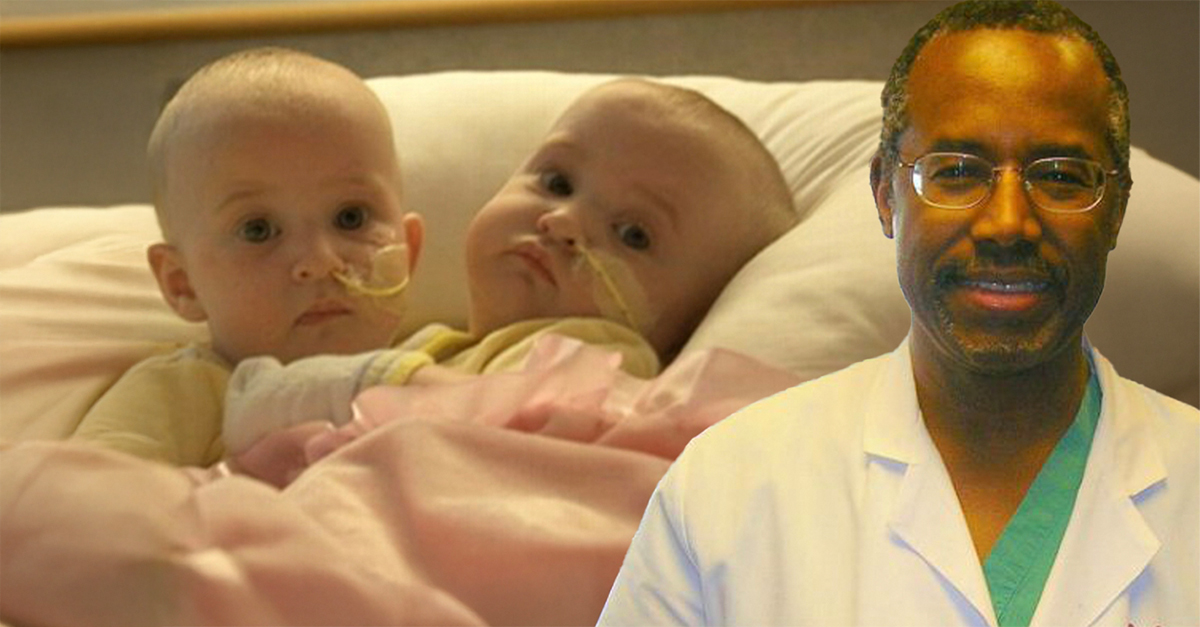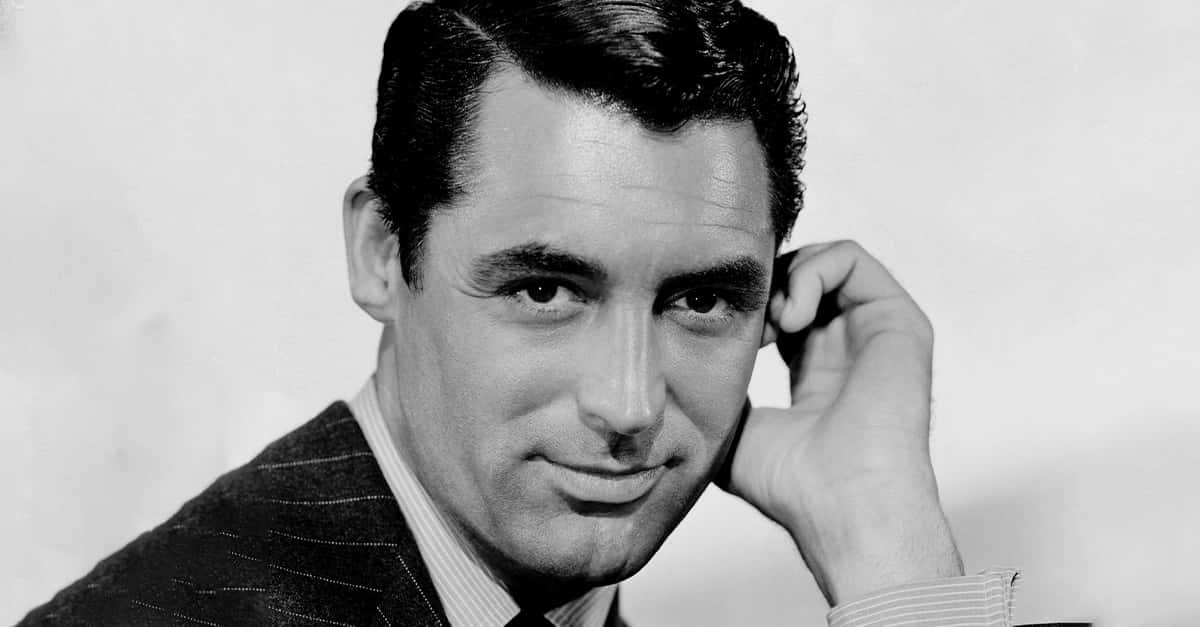The surgical separation of conjoined twins is one of the most difficult procedures in medicine. These rare, complex surgeries require a combination of precision, intensive preoperative planning, and a bit of luck. Once thought of as an impossible medical feat, the procedure is now a milestone in surgical practice, thanks to advances in anesthesia, imaging, and microsurgery.
Early Attempts And Tragic Failures
Conjoined twins are identical twins who failed to separate at the embryo stage. The first recorded attempts to separate conjoined twins date back to the 17th and 18th centuries, but these early efforts were usually fatal. Without knowledge of sterile technique, antibiotics, or blood transfusions, most surgeries ended in tragedy. Physicians lacked the tools and understanding of the human body to handle the extreme blood loss and infection risks inherent in these complex procedures.
The First Successful Surgical Separation
The first known successful separation of conjoined twins occurred in 1955 in the United States. Dr. Harold Voris and a surgical team at Mercy Hospital in Chicago successfully separated the Herrin twins, who were joined at the lower abdomen and shared critical blood vessels. Although one twin died soon after, the other survived, marking a pivotal moment in medical history.
The Role Of Modern Imaging And Technology
The success of conjoined twin separations greatly increased in the late 20th century, thanks to advances in medical imaging. MRI, CT scans, and ultrasound allowed surgeons to map out shared organs, blood vessels, and nerves before making the first incision. This precision reduced the risk of catastrophic blood loss and organ failure.
The Famous Binder Twins
In 1987, Dr Ben Carson made history when he successfully separated the Binder twins, Patrick and Benjamin, who were joined at the back of the head—a condition known as craniopagus. The 22-hour operation required a team of 70 medical professionals. It was the first time twins joined at the cranium had been successfully separated with both surviving the initial surgery.

Pioneers Like Dr. Carson And Others
Carson’s breakthrough inspired other surgeons to push the boundaries of what was possible. Surgeons like Dr. James Goodrich and Dr. John Meara have since performed successful separations involving twins joined at the head, heart, and spine, each presenting unique challenges. These procedures often require months, if not years, of planning and multiple stages of surgery.
Long-Term Outcomes And Ethical Challenges
Despite the technical advances, the long-term outcomes for separated twins vary widely. Some children thrive and live relatively normal lives, while others face lifelong disabilities or complications. Ethical questions also arise—how much risk is acceptable, and who decides the fate of the twins when the odds of survival are uncertain?
Recent Successes And Innovative Approaches
In 2022, Brazilian doctors successfully separated three-year-old twins Bernardo and Arthur Lima, who were joined at the brain. The procedure was guided by virtual reality simulations, allowing surgeons to rehearse the separation before making the first cut. This groundbreaking approach may become a new standard for high-risk separations in the future.
Cultural And Emotional Dimensions
Beyond the technical challenges, separating conjoined twins also carries deep emotional and cultural significance. In many societies, conjoined twins have historically been viewed as omens or symbols of divine intervention. Successful separations can represent both a medical triumph and a deeply personal journey for the families involved.
The Role Of Support And Rehabilitation
Even after successful separation, many twins face long, difficult recoveries. They often require extensive physical therapy, psychological counseling, and multiple follow-up surgeries to fully adapt to independent life. For families, the end of a successful surgery is often just the beginning of a new, complex chapter.

History's most fascinating stories and darkest secrets, delivered to your inbox daily.
Looking To The Future
As technology improves, the prospects for conjoined twins are brighter than ever. Advances in regenerative medicine, 3D printing, and gene therapy may one day make these surgeries even safer and more routine. Until then, each successful separation is a mark of the courage of the patients, their families, and the surgeons willing to take on the challenges.
You May Also Like:
Uplifting Facts About Real-Life Happy Endings And Miracles
Conjoined Facts About Eng And Chang Bunker, The Original “Siamese Twins”













